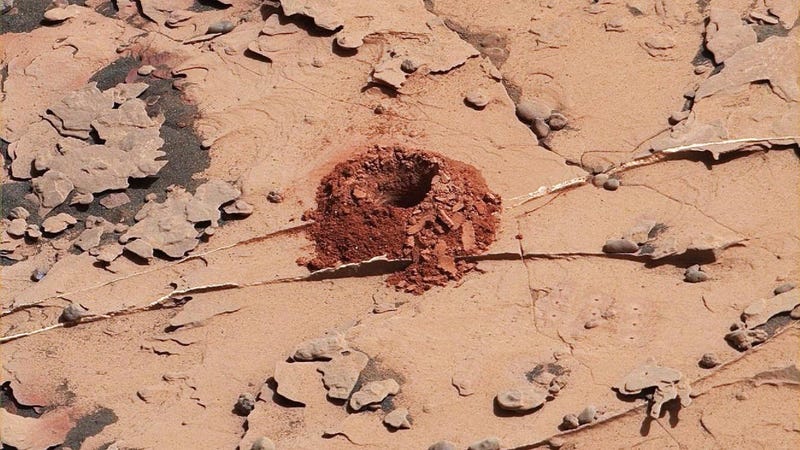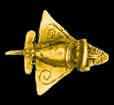After a multi-year break, the engineers at NASA have resumed use of the sampling drill.
Talk about your long wait for an appliance repairman!
Some drilling completed, and the samples are beginning ChMin (chemical and mineral) analysis of the "Duluth" sample.
Testing is very power intensive, so the two tests are spread out over a few days.
Results in a day or two.
NASA’s Curiosity Rover Is Able to Drill Holes Into Rocks Again
by George Dvorsky
That’s one small hole for a probe, but one giant leap for NASA. This past weekend, the space agency jerry-rigged Curiosity’s malfunctioning drill, allowing the rover to bore into Martian rock for the first time in over a year.
Curiosity’s drill has been giving NASA fits for quite some time now. Electrical issues caused problems with the hammering mechanism early on, but things took a turn for the worse when the rover’s drill feed broke down in December 2016, preventing the drill from moving up and down. Curiosity’s drill, in order to bore into rock and collect dust samples, must be lowered down onto a rock, at which time the combined motion of the rotating drill bit and a percussive action does the work. Unable to move the drill along the vertical axis, NASA’s rover was severely hampered, and unable to perform fundamental aspects of its mission.
Story Continues







 Reply With Quote
Reply With Quote